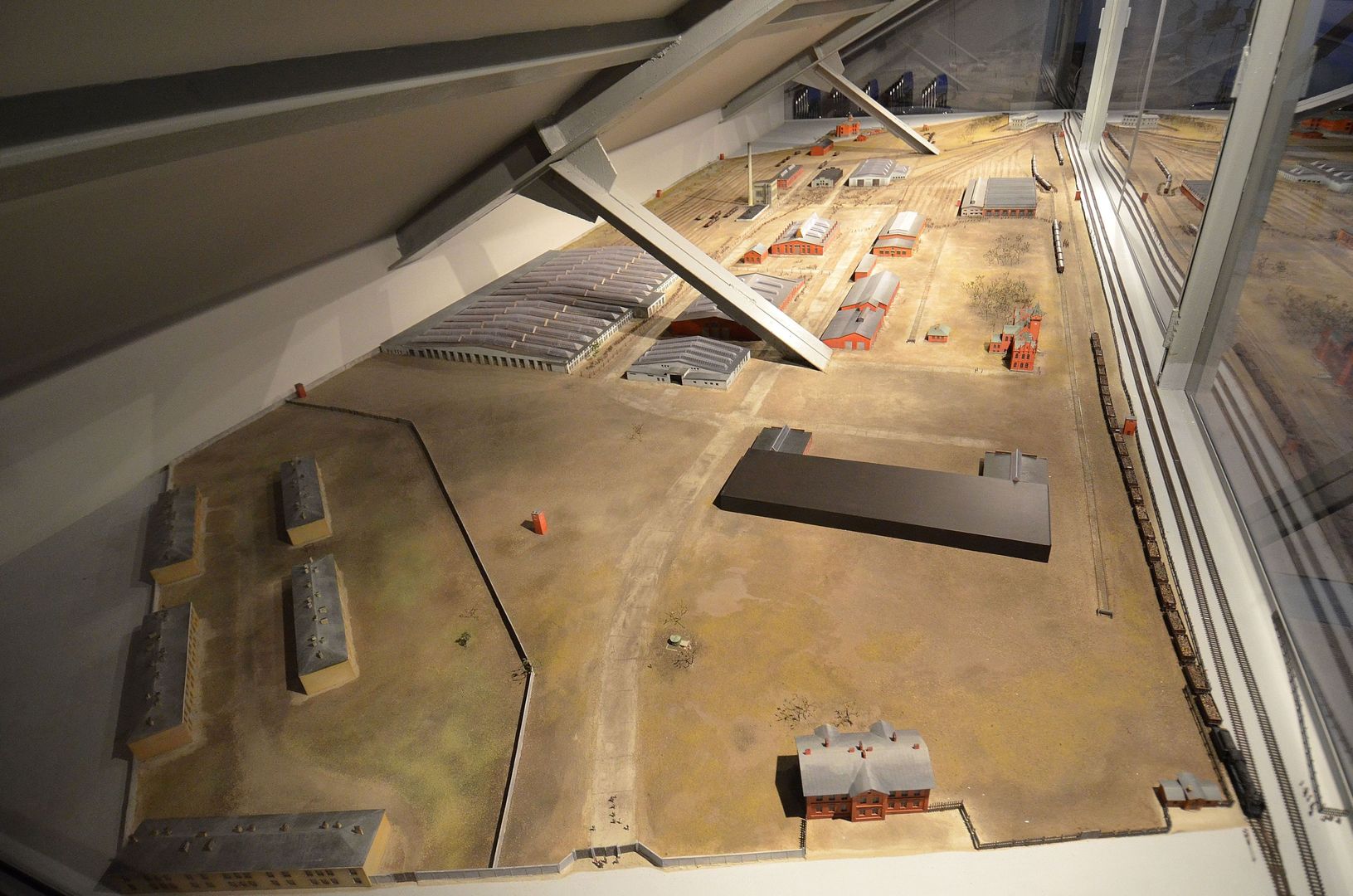Dulag 121 Museum
7.31

Overview
The Dulag 121 Museum, established in 2010 in Pruszków, aims to document the history of the German transit camp for the Polish civilian population, which operated from August 1944 to January 1945. The camp's history is tied to the fate of approximately 390,000 residents of Warsaw and its surroundings who were expelled during the Warsaw Uprising. Several hundred to several thousand people died in the camp due to harsh conditions and at the hands of the guards. Thanks to the immense efforts of Polish society, including charitable organizations and the Church, many prisoners received aid and support. The museum is located on the outskirts of the former Railway Rolling Stock Repair Workshops, in a modern building designed by Adam Misiorowski. The exhibition consists of several sections covering events related to the Warsaw Uprising, the expulsion of people, the functioning of Dulag 121, and the support provided to its prisoners. The museum features replicas such as an inspection trench and a segment of a cattle car, as well as authentic objects, documents, and witness accounts. The interactive exhibition format and rich archive of photographs and materials convey the martyrdom of Warsaw's residents. The museum not only documents dramatic past events but also serves as a cultural center, organizing anniversary ceremonies and educational activities. Among the notable exhibits are items such as an original armband from the camp kitchen, keys discarded by the deportees, and a letter by Jarosław Iwaszkiewicz concerning the fate of the Polish cultural elite under the camp's horrifying conditions.
Location
2025 Wizytor | All Rights Reserved